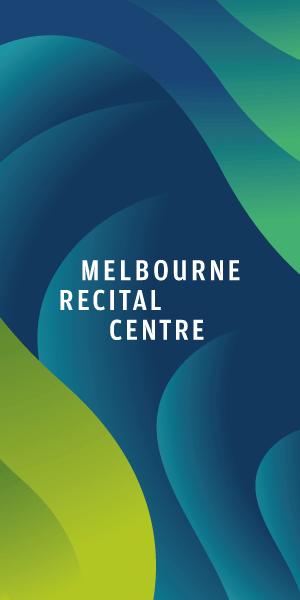City bears brunt of COVID-19 pain
By David Schout
Inner Melbourne has suffered the worst economic hit from COVID-19 within Australia as a result of restrictions, according to research commissioned by the City of Melbourne.
The local economy was set to suffer a $110 billion hit in the next five years compared with pre-pandemic projections, and see 15 per cent of jobs lost by the end of 2020.
PricewaterhouseCoopers (PwC) research commissioned by the council helped shape its recently released Reactivation and Recovery Plan, which highlighted the immediate action it must take as the city moves out of lockdown.
Lord Mayor Sally Capp said Melbourne was an “economic powerhouse of Australia”, and steps taken in the coming months could prove crucial.
“We know that Melbourne is the engine room of our state economy and plays a major role in our national economy. The national recovery is dependent on how we bring life back to our city,” she said at a September 15 Future Melbourne Committee (FMC) meeting.
While public health and safety remained its key focus, the council also sought to support a staged return of people to Melbourne’s city centre.
“Over and over the feedback has come from employers, from visitors, from our key stakeholders in the city, to say that a clean and COVID-safe city is absolutely vital and that’s why it’s our number one priority,” the Lord Mayor said.
The PwC report noted that while the city accounted for around a quarter of the state’s economy, it was set to represent more than half of the state’s losses.
As a result, councillors united in declaring the economic impact a “businesses and jobs emergency” under a motion introduced by Cr Philip Le Liu on September 15, calling on the state government to waive, rather than defer, upcoming payroll tax and expand eligibility for sole trader support.
It also called on the federal government to include higher education sector workers within JobKeeper, and a permanent increase to Newstart when JobSeeker expired.
“[There is] a disproportionate impact of the pandemic on our city economy and we do need a proportionate response from federal and state governments. Other levels of government have more resources than we do, and that is why we must keep calling on [them] to work with us,” the Lord Mayor said.
The Reactivation and Recovery Plan also identified “priority infrastructure projects” that would similarly rely on support from higher levels of government.
Within the CBD these included:
- The Queen Victoria Market (QVM) precinct redevelopment;
- QVM southern development site;
- New City Library;
- National Aboriginal Cultural Centre at Federation Square; and
- Revitalisation of the Yarra’s North Bank.
Cr Nicholas Reece said a National Aboriginal Cultural Centre was “an extraordinary opportunity for Melbourne which we must seize”.
The strategy also targeted the city’s struggling retail sector with a “ShopKeeper” plan, which aimed to assist new retail ventures, community services and social enterprises.
Under the plan, the council would work with owners, landlords, banks and retail associations to ensure empty shops did not remain vacant post-pandemic, and even pledged to consider taking out tenancies themselves.
Cr Reece said that while facts and figures currently portrayed a grim reality for Melbourne, the city would bounce back.
“I would stress that Melbourne has seen bad times before, we all know that,” he said. “We’ve come back every time we’ve been down before and we absolutely will come back again. I think with this plan the city has a fantastic framework to take it forward.” •

City of Melbourne unveils next urban forest plan for the CBD








 Download the Latest Edition
Download the Latest Edition